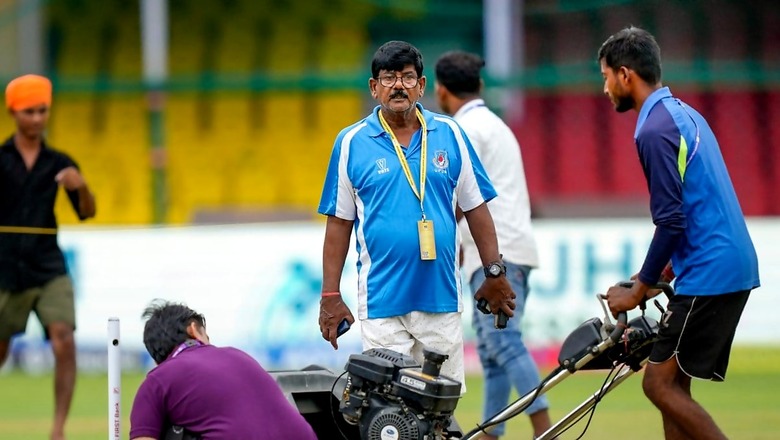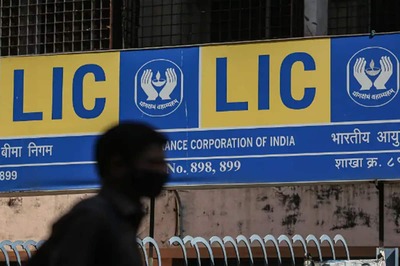
views
For years, the Uttar Pradesh Cricket Association (UPCA) has procured black soil from Unnao to prepare pitches at the Green Park Stadium, but the natural resource is vanishing fast in that city, leaving the association worried.
Also Read: ‘Was Thinking Too Much About T20 World Cup’, Says Jitesh Sharma
Not only the high-quality resource is dwindling in Unnao — about 25km from Kanpur – the quality of the available soil has also suffered considerable degradation.
The soil with more than 50 percent of clay particles is suitable for preparing a cricket pitch.
The Green Park stadium hosts about 150 matches on nine pitches in a season and that requires renovation in the off-season.
According to UPCA pitch curator Shiv Kumar, the soil requirement in each season is 1200 cubic feet.
“In my entire career, we have used soil only from Unnao. What worries me now is that Unnao is not left with much of that natural resource. We can manage two more years with the available stock and before it finishes, we need to identify a new area,” Shiv Kumar told PTI.
“The soil has almost finished in that area and the quality we are getting now is not up to the mark.”
UPCA procures black soil from a pond in Unnao and a village called ‘Kali Mitti’. The agricultural fields in that area are the biggest source of soil but the years of digging means the resource is emptying.
Explaining the phenomenon, the UPCA curator said that the main content of soil is clay.
“The main particle in the soil is clay. It’s such a small particle, about 0.002 microns. It takes about 30-40 years for the soil to convert into clay in a pond. Then there is sand, gravel, and other things. Soil with 50-60 per cent clay presence is considered good.”
Shiv Kumar said earlier the good-quality soil was available just one feet below the top of the field but it’s not the case anymore due to the consistent digging over the years.
“The curators have started to understand the soil with which they work. So, the selection of soils has also changed, not in our place but everywhere with BCCI’s education programme.
“Earlier we just used whatever was available and just watered and rolled the pitch. No one knew about the roots of the grass. No one knew about the compaction potential of the roller.
“Now we are checking the moisture, temperature, how much water is to be kept and how much compaction should be given. We can see good cricket only if the pitch is made using a scientific method,” he said.
UPCA is now looking at places like Odisha and Andhra Pradesh to get soil.
“They have high-clay fields. There is good clay in MP also. We will see something from there. It can be an issue when we have to make new pitches, if we do not find a place nearby.”
UPCA hosts about 150 matches, including age group, Ranji, first class, local league, and trials, in a single season.
It takes about 45 days to prepare a pitch from start to finish. A few pitches require renovation/top-up, after being used three times.
“Like in January, we will have to do some repair work because a few pitches would have hosted matches. But for that, we will need soil from the same family, which means soil from the exact place from which the pitch was prepared in the beginning.
“We can’t use soil from a different family because the content would be different,” added Shiv, who is a science graduate.




















Comments
0 comment